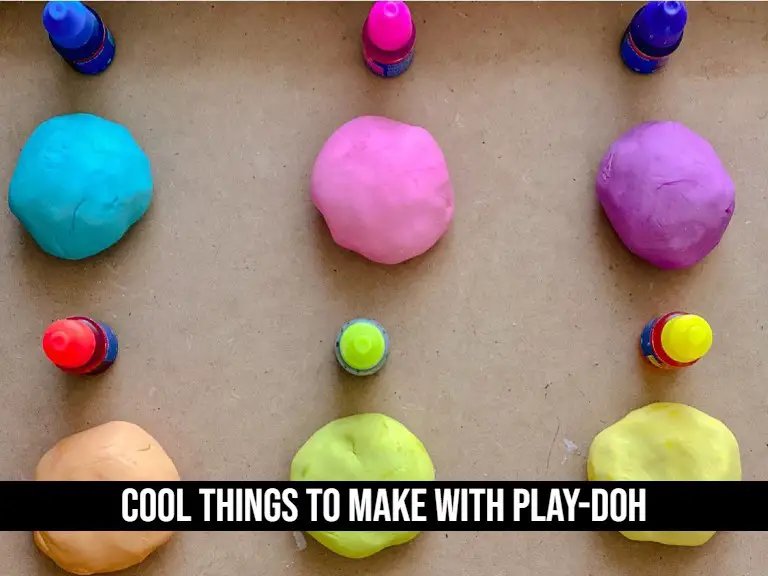
Imagine a world where the only limit is your imagination, where you can create anything from a miniature bakery to a forest diorama. This world exists right at your fingertips, and it’s made of Play-Doh!
With its vibrant colors and malleable texture, Play-Doh offers endless possibilities for creativity and fun. Whether you’re a child looking for a new way to play or an adult seeking a relaxing and creative outlet, Play-Doh has something for everyone. From crafting intricate sculptures to creating playful faces, there’s always something new and exciting to make.
So, are you ready to roll up your sleeves and explore the cool things you can create with Play-Doh? Let’s dive into a world of color, texture, and imagination. Let’s dive into the world of Play-Doh!
Unleashing Creativity with Play-Doh
Play-Doh, a simple yet magical substance, has been sparking creativity and imagination in children and adults alike for generations. Its vibrant colors and malleable texture make it a perfect tool for creative expression. Let’s delve deeper into the magic of Play-Doh and how it serves as a gateway to creativity.
The Magic of Play-Doh: A Gateway to Creativity
Play-Doh is not just a child’s plaything; it’s a portal to a world of creativity. Its simplicity is its strength, offering an open-ended platform for the imagination. Children can transform Play-Doh into anything they can imagine – a roaring dinosaur, a blooming flower, a bustling cityscape, or an imaginary creature.
This transformation process is where the magic truly lies. As children mold and shape the Play-Doh, they are also molding and shaping their thoughts and ideas. They learn to express themselves, bring their inner world into the external world, and see their thoughts take physical form. This act of creation can be empowering for children, building their confidence and self-esteem.
Why Play-Doh is a Perfect Tool for Creative Expression?
Play-Doh is an ideal tool for creative expression for several reasons.
1. Firstly, its malleability allows it to be shaped and reshaped, offering infinite possibilities for creation. This encourages experimentation, problem-solving, and innovation, all of which are key components of creativity.
2. The Play-Doh material is multi-sensory. This rich and immersive experience engages the senses of touch, sight, and even smell. This sensory engagement can enhance focus and attention, making the creative process even more enjoyable and rewarding.
3. Play-Doh is accessible and inclusive. A universally appealing creative tool, it can be used by individuals of all ages and abilities. Whether you are a toddler learning colors and shapes, a student exploring geometric concepts, or an adult looking for a creative outlet, Play-Doh has a variety of options for you.
4. It promotes learning through play. With Play-Doh, children develop important skills such as fine motor skills, hand-eye coordination, and spatial awareness. They’re exploring concepts of size, shape, symmetry, and more. This makes Play-Doh not just a tool for creative expression, but also a powerful learning aid.
28 Cool and Easy Things to Make with Play-Doh
Play-Doh is a versatile tool that can be used to create a wide range of cool and easy projects. From crafting miniature bakery items to creating a forest diorama, the possibilities are endless. Let’s explore some of these fun and creative ideas.
1. Crafting Miniature Play-Doh Bakery Items

One of the most delightful things to make with Play-Doh is miniature bakery items. This activity not only stimulates creativity but also helps children understand shapes and sizes.
Start by rolling a small piece of Play-Doh into a ball and then flattening it to create the cupcake base. Next, choose a different color of Play-Doh for the frosting. Roll it into a thin rope, then coil
it on top of the base to mimic the swirl of frosting. Add tiny Play-Doh sprinkles for the final touch!
2. Creating a Play-Doh Forest Diorama
There is no limit to how complex or simple you can make a Play-Doh forest diorama. It’s a fantastic way to teach children about different types of trees and animals that live in the forest.
Begin by creating the base with green Play-Doh for grass and blue for a small pond. Then, create trees by making brown trunks and green canopies. You can also make small animals like rabbits or birds. Remember, it’s your forest, so feel free to add anything you like!
3. Making Play-Doh Faces: A Lesson in Emotions
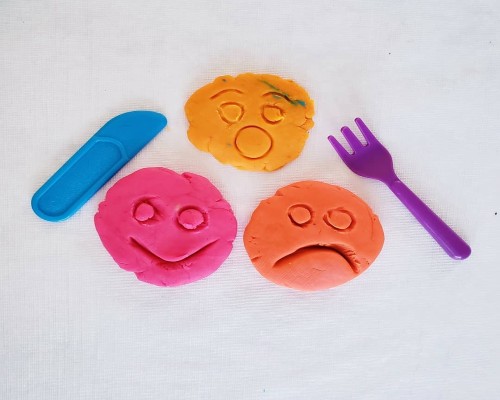
Creating faces with Play-Doh is a fun and educational activity. It can help children understand and express different emotions.
For the face, start with a round piece of Play-Doh. Use different colors to create the eyes, nose, and mouth. Try making faces that express different emotions like happiness, sadness, anger, and surprise. Discuss each emotion as you create the faces.
4. Building Structures with Play-Doh and Spaghetti
Combining Play-Doh with spaghetti can lead to some interesting and creative structures. This activity is great for developing fine motor skills and understanding basic principles of construction and stability.
Start by rolling Play-Doh into small balls. These will serve as connectors. Then, use pieces of spaghetti as beams to connect the Play-Doh balls. You can create towers, bridges, or even intricate sculptures. The key is to experiment and have fun!
Advanced Play-Doh Projects for the Ambitious Artist
For those who have mastered the basics of Play-Doh and are looking for a new challenge, there are plenty of advanced projects to try. These projects require a bit more skill and patience, but the results are well worth the effort. Let’s explore some advanced Play-Doh projects that can take your creativity to the next level.
1. Designing a Play-Doh Cactus Garden
Creating a Play-Doh cactus garden is a fun and challenging project that allows you to explore different shapes and textures. This project can also be a great way to learn about different types of cacti and their unique characteristics.
Steps to Create a Play-Doh Cactus Garden
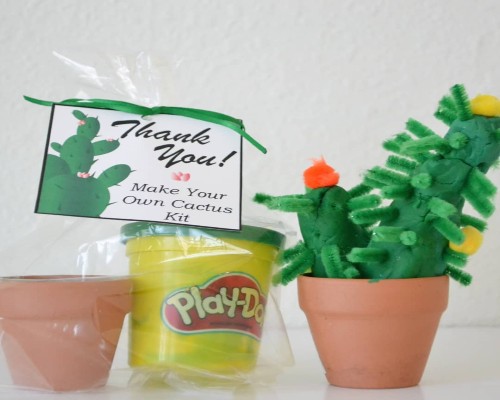
Start by choosing a variety of green shades of Play-Doh for your cacti. For each cactus, start with a basic shape, such as a ball or a cylinder, and then add details like ridges or spikes. You can use a toothpick or a small knife to create these details.
Next, create the garden base. This can be a flat piece of brown or tan Play-Doh. If you want to add more detail, you can create small Play-Doh rocks or sand to cover the base.
Finally, arrange your cacti on the base. You can create as many cacti as you like and arrange them in any way you choose. The goal is to create a miniature garden that is full of variety and detail.
2. Sculpting Detailed Characters with Play-Doh
Sculpting characters with Play-Doh is a more advanced project that requires attention to detail. This can be a great way to create personalized toys or to recreate your favorite characters from books, movies, or TV shows.
When sculpting characters, start by creating the basic shape of the body, head, arms, and legs. Then, add details like eyes, mouth, hair, and clothes. Use different colors of Play-Doh to add variety and detail to your character.
The Educational Benefits of Play-Doh
Play-Doh is not just a fun and creative activity; it’s also a powerful educational tool. The act of shaping and molding Play-Doh can help children develop important skills and abilities. Let’s explore some of the educational benefits of Play-Doh.
1. How Play-Doh Enhances Fine Motor Skills
Fine motor skills involve the use of small muscles in the hands and fingers. These skills are crucial for tasks like writing, buttoning clothing, and using utensils. Play-Doh can help children develop these skills.
Play-Doh and Fine Motor Skill Development
When children manipulate Play-Doh, they use their fingers and hands to pinch, roll, flatten, and shape the dough. These actions can help strengthen the small muscles in their hands, improving their fine motor skills.
The importance of playdough activities that can enhance fine motor skills can be seen here. It emphasizes the importance of playdough in developing precision in children’s movements.
2. Play-Doh and Cognitive Development: A Perfect Match
It can also support cognitive development in children. Cognitive development refers to how children think, explore, and figure things out. It’s about learning, reasoning, problem-solving, and decision-making.
Cognitive Benefits of Play-Doh
Playing with Play-Doh can help children develop problem-solving skills. For example, if a child is trying to create a specific shape or object with Play-Doh, they need to figure out how to manipulate the dough to achieve their goal. This involves problem-solving and critical thinking skills.
Additionally, Play-Doh can help children learn about different shapes, colors, and textures, supporting their understanding of the world around them.
A study found that play-based activities, like playing with Play-Doh, can support cognitive development and enhance children’s attention spans.
Play-doh ideas: more cool stuff to make
Here are some more unique things that can be made with Play-Doh:
1. Play-Doh Animals:
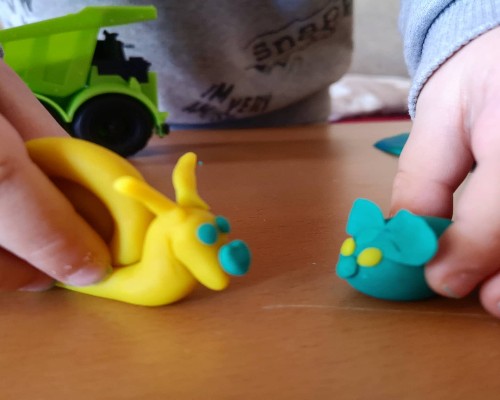
Sculpt adorable animals like cats, dogs, elephants, and more.
2. Play-Doh Pizza Party:
Create a Play-Doh pizza with toppings of your choice for a fun pretend-play experience.
3. Play-Doh Jewelry:
Fashion colorful bracelets, necklaces, and rings using Play-Doh.
4. Play-Doh Vehicles:
Roll and shape Play-Doh into cars, planes, and trains for imaginative play.
5. Play-Doh Ice Cream Cones:
Craft delicious-looking ice cream cones with different flavors and toppings.
6. Play-Doh Sea Creatures:
Dive into an underwater adventure by molding Play-Doh sea creatures like fish and octopuses.
7. Play-Doh Flowers:
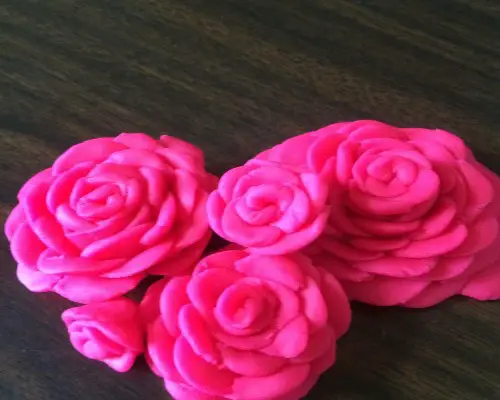
Design a beautiful bouquet of Play-Doh flowers for a touch of nature indoors.
8. Play-Doh Letters and Numbers:
Teach the alphabet and counting by creating Play-Doh letters and numbers.
9. Play-Doh Storytelling:
Use Play-Doh characters and props to act out your favorite stories and fairytales.
10. Play-Doh Musical Instruments:
Craft Play-Doh guitars, drums, and pianos for a musical playtime.
11. Play-Doh Food Market:
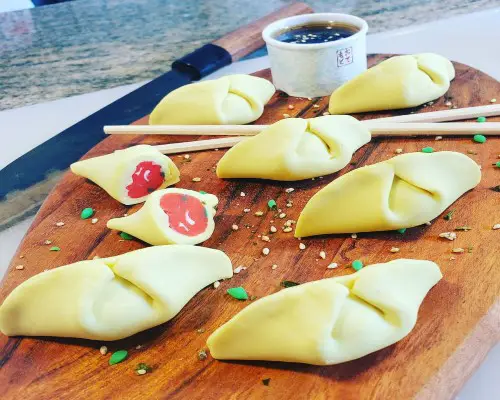
Set up a Play-Doh food market with fruits, vegetables, and bakery items.
12. Play-Doh Space Adventure:
Explore outer space by sculpting planets, rockets, and astronauts.
13. Play-Doh Camera:
Build a pretend camera with Play-Doh and capture imaginary memories.
14. Play-Doh Time Capsule:
Create a time capsule using Play-Doh to preserve special memories and objects.
15. Play-Doh Solar System:
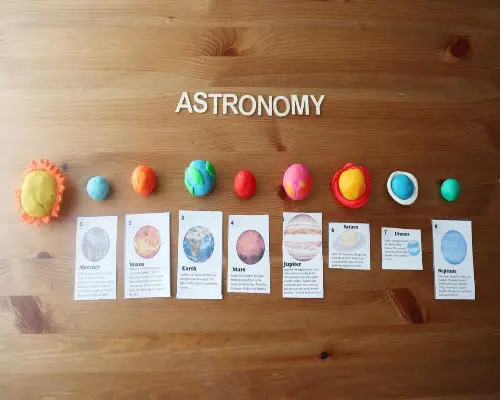
Sculpt the planets of our solar system to learn about space and astronomy.
16. Play-Doh Fairy Tale Castle:
Build a magical castle with turrets, drawbridges, and fairy tale characters.
17. Play-Doh Rainbow Art:
Layer different colors of Play-Doh to create stunning rainbow patterns.
18. Play-Doh 3D Sculptures:
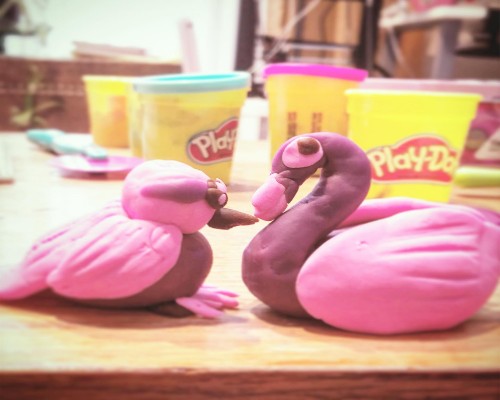
Experiment with 3D sculpting to make unique and abstract art pieces.
19. Play-Doh Emojis:
Design a range of expressive emojis to convey different emotions.
20. Play-Doh Circuit Board:
Create a play-circuit board with wires and components for an introduction to electronics.
Tips and Tricks for a Fun Play-Doh Experience
Play-Doh is a versatile and fun tool for children and adults alike. If you want to enjoy your Play-Doh experience to the fullest, you need to know how to keep it fresh and usable, as well as how to add color safely. Let’s dive into these topics.
Keeping Your Play-Doh Fresh and Usable
Play-Doh is known for its soft, pliable texture that makes it easy to mold and shape. However, if not stored properly, it can dry out and become hard, making it less fun to play with. Here are some tips to keep your Play-Doh fresh and usable:
1. Store in an Airtight Container:
After playing, always store your Play-Doh in an airtight container. This prevents air from drying out the dough.
2. Keep it Cool:
Store your Play-Doh in a cool place. Heat can cause Play-Doh to dry out faster.
3. Revive Dry Play-Doh:
If your Play-Doh has started to dry out, try adding a few drops of water. Knead the water into the dough until it regains its original texture.
Non-Toxic Solutions for Coloring Your Play-Doh
While it comes in a variety of colors, you might want to create custom colors for specific projects. Here are some non-toxic solutions for coloring your Play-Doh:
1. Food Coloring:
Food coloring is a safe and easy way to add color to Play-Doh. Just add a few drops to your dough and knead until the color is evenly distributed.
2. Natural Dyes:
For a more natural approach, you can use ingredients like beet juice (for red), spinach juice (for green), or turmeric (for yellow) to color your Play-Doh.
3. Paint:
If you want to add detailed color to a finished Play-Doh creation, non-toxic craft paint can be a great option. Just be sure to let the paint dry completely before handling.
FAQs
Q1: How can I make Play-Doh animals?
A: To make Play-Doh animals, start by shaping a ball for the body. Then, add smaller balls or shapes for the head, limbs, and tail. Use tools like toothpicks or plastic cutlery to create details such as eyes, ears, and noses. You can also use different colors of Play-Doh to add patterns or textures.
Q2: Can I make realistic-looking food with Play-Doh?
A: Absolutely! Play-Doh is perfect for sculpting various types of food items. To create realistic-looking food, observe the shapes and textures of the real thing and try to replicate them using Play-Doh. For example, you can make fruits, vegetables, burgers, pizza, ice cream cones, and more.
Q3: Can I create characters from my favorite movies or cartoons with Play-Doh?
A: Yes, you can! Play-Doh allows you to bring your favorite characters to life. Begin by shaping the character’s body and head, and then add details like facial features, hair, clothing, and accessories. You can use reference images to help guide your sculpting process, ensuring your Play-Doh creation resembles the character you wish to recreate.
Q4: How does playing with Play-Doh benefit children?
A: Play-Doh is a powerful educational tool that supports both fine motor and cognitive development. Manipulating Play-Doh can help children develop fine motor skills by strengthening their hands. It also promotes problem-solving and critical thinking skills and can enhance children’s knowledge of colors, shapes, and textures.
Conclusion
It’s important to recognize that Play-Doh is much more than a toy – it is a versatile tool that fosters creativity, improves fine motor skills, and provides endless fun. From building a mini-bakery to constructing a forest diorama, the possibilities with Play-Doh are limitless. Moreover, Play-Doh is an accessible and inclusive tool, offering a multi-sensory experience that can be enjoyed by individuals of all ages and abilities.
Whether you’re a parent looking for a fun and educational activity for your child, an educator seeking a creative teaching tool, or an adult in search of a creative escape, Play-Doh has something to offer. So, unleash your creativity and start your Play-Doh adventure today!

